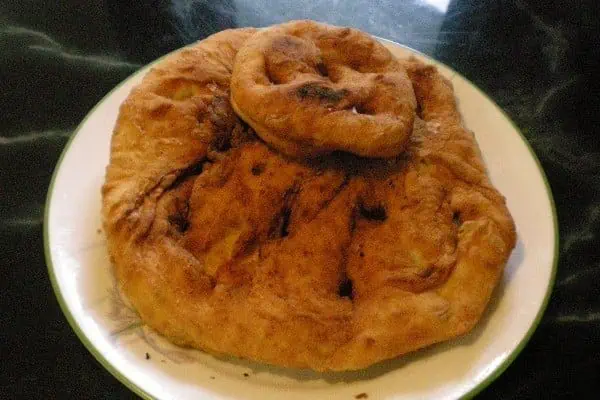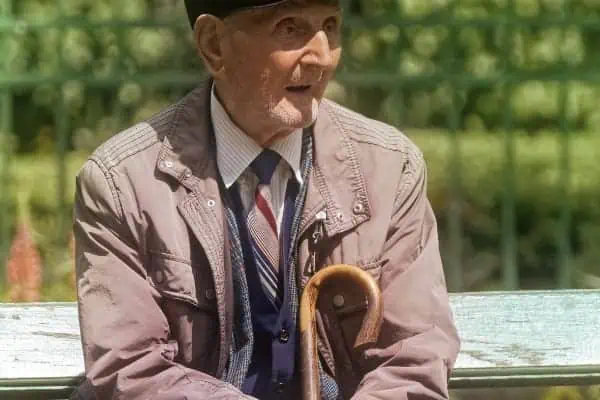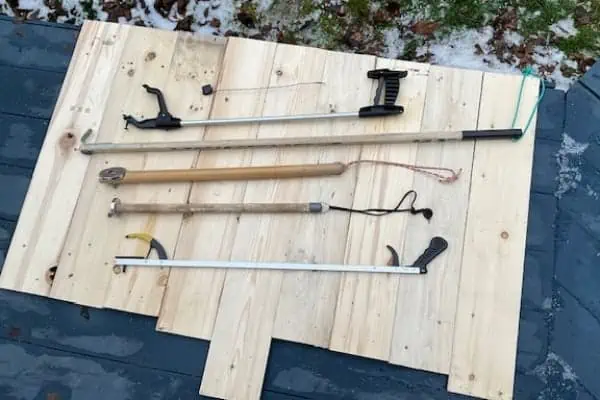Everyone has had cold feet ruin or at least negatively impact an otherwise great day. Our feet are some distance away from our body heat source and are constantly in contact with cold ground, water and snow. Treat them right and you’ll stay happy. This is doubly important with kids’ feet because their misery becomes your misery pretty quickly.
Everybody’s feet sweat, so footwear from the skin out should be selected with perspiration in mind. Polypropylene liners (thin) go on first and these wick the perspiration away from your skin and onto the fairly thick wool socks which are worn as the second layer. Smartwool and Merino wool are excellent, but I prefer a thicker over-sock to create more air-space to retain heat. A thicker sock also cushions against any roughness inside the boot.
Good boots are not cheap, but as a full-grown adult your foot size is likely to stay the same, so quality boots are a long-term investment. Kids with growing feet need to up-size frequently, which can be expensive. Large, clumsy looking Sorel-type boots with thick fleece liners and lots of room for socks are great for growing feet.
Gore-Tex is costly and doesn’t fare well near a fire, while military surplus, bunny or air filled footwear and the previously mentioned Sorels all work well to keep your feet happy. Spare socks don’t take up much room in a day-pack and it only takes a couple of minutes to change into fresh dry socks.
A couple of bread or grocery bags pulled on over damp socks can warm your feet up very quickly but these should only be a temporary solution. Carry a bundle of foot/hand air actuated warmers that can be placed in the toe of your sock or boot. They stay warm for up to eight hours and are thin enough to get inside a properly fitting winter boot.
Wearing a real hat, not some stylish ear-band, can really help you keep your feet warm because up to 50 per cent of your body heat can escape from an uncovered head. Some of that heat could be going to your feet.
Boots should fit a little on the large side to accommodate extra socks. Boots that are too small or laced up too tightly can cut off circulation, which results in cold feet.
Dry your boots overnight. Remove the liners if possible, hang near the stove and stuff newspapers into wet or damp boots. Frozen boots cannot be put on the next morning, so thawing and drying are essential.
As for fingers use hand-warmers and the same layering method as for feet. Mitts are warmer than gloves but gloves should be carried to complete fine-motor tasks. Carry spares and try to dry them at night. If your hands or fingers get very cold you can put them inside your pants or pull your arms back inside your coat, putting your fingers in your armpits.
The true test of friendship is being allowed to put your very cold hands in someone else’s armpits.




